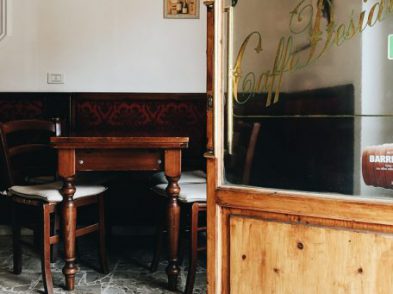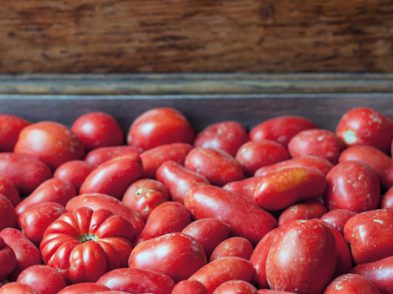Saffron has long been one of the world’s most expensive foods. The carefully picked red stigmas of the lilac-coloured crocus flower have been cultivated, fought over and treasured for centuries. Cleopatra used to bathe in saffron-infused water, Alexander the Great used it to treat battle wounds and the Ancient Romans planted it across their entire empire.
While the plant is native to central Asia, the spice was already well known in Italy in the Middle Ages, introduced through trade in port cities like Venice and Genoa. Today, saffron in Italy is grown most notably in Sardegna, Abruzzo and Tuscany, with San Gimignano the region’s saffron capital. Documents date saffron in San Gimignano trade routes to the 1200s, where it was treated as currency and contributed to the city’s wealth.
The saffron of San Gimignano is cultivated using natural methods and sold whole, in crimson-red threads, instead of as a powder. In 2005, it was awarded Denominazione di Origine Protetta (DOP) certification.
This autumnal plant likes the sun and blooms for a very short period in late October or early November, where it requires a speedy and labour intensive harvest. Flowers are picked early in the morning and the stigmas removed before the blooms wilt. Each flower contains only three stigmas. One kilogram of fresh flowers produces just 72 grams of fresh stigmas, or a mere 12 grams of dried stigmas. Luckily, a little goes a long way to impart a rich golden yellow colour and just enough of its characteristic, hay-like flavour to food. There is no sense in trying to impress people by adding extra saffron, as it will taste bitter if there is too much. For a dish to serve four people, a pinch of 10 strands is plenty.
Saffron can be used in many recipes from liqueurs to desserts and is wonderful in rice dishes, like in this adaption of a risotto milanese, which makes the most out of autumn’s bounty.
RECIPE
Pumpkin and saffron risotto, Serves 4
Ingredients
600 grams of pumpkin, peeled and diced
10 saffron strands
1 small onion, finely chopped
2 tablespoons of olive oil
50 grams of butter
350 grams of risotto rice (arborio, canaroli, etc)
1 ½ litres of chicken or vegetable stock, hot
60 grams of freshly grated Parmesan cheese
Salt and pepper
A handful of fresh herbs
Method
Cook the diced pumpkin by steaming, boiling or roasting (roasting will give you a nice caramelised flavour) as preferred, until soft and cooked through. Set aside.
Prepare your stock by heating it. In a small bowl, set aside ½ cup of the hot stock and add the saffron strands to it to infuse.
Sauté the onion in a large pan with the olive oil and half of the butter over a gentle heat. When the onion is soft and cooked, add the dry rice to the pan and stir to coat the rice with the oil for a minute or two. When the rice has absorbed the oil and begins to look translucent, add a ladle of hot stock at a time, allowing the rice to absorb the liquid after each ladle-full, stirring every now and then so it does not stick to the pan.
About halfway through, add the reserved stock infused with the saffron strands; continue adding the stock gradually, but before the last ladle-full is added to the rice, the pumpkin can be seasoned and stirred through the risotto.
A good risotto should take about 17 minutes to prepare. Elizabeth David describes how to recognise the perfect risotto: ‘There is a split-second in the cooking of the rice-just as for scrambled eggs-when the consistency is exactly right. It is neither too liquid nor too compact. It is light, every grain is separate although bound together in a homogeneous whole by the starch which has amalgamated with the cooking liquid.’
At this point, when the rice is al dente, take off the heat and add the remaining butter and the Parmesan. Stir through some fresh chopped herbs, such as parsley or thyme and serve immediately.








